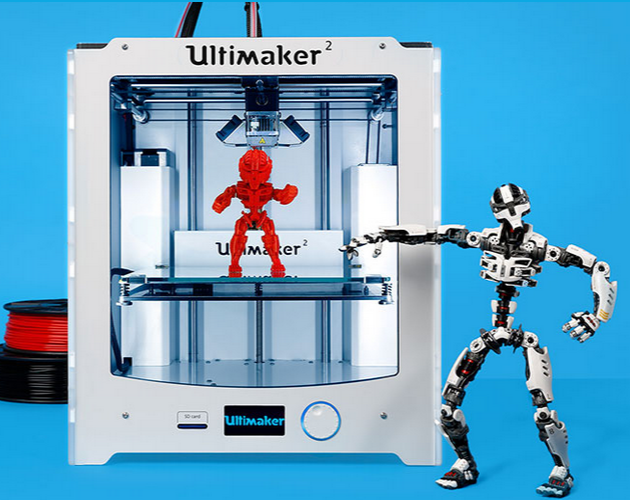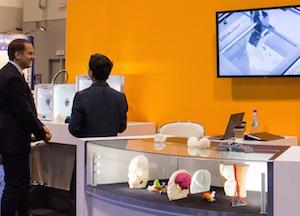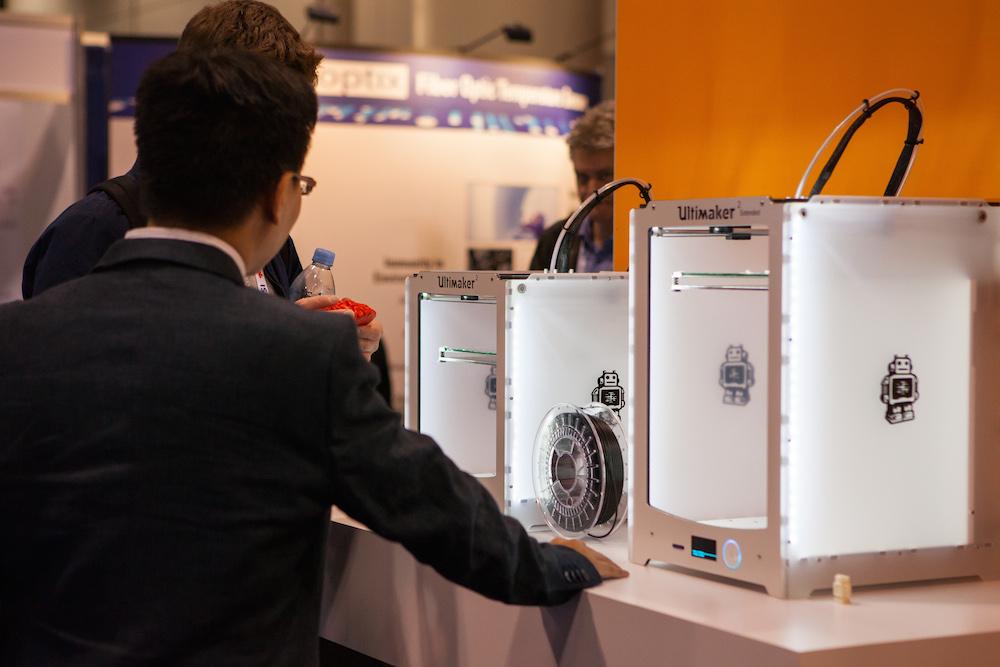 3D printing has certainly been responsible for revving up the excitement in many sectors over the past couple of years with innovations that have had even the least scientifically or technologically inclined sorts following with interest.
3D printing has certainly been responsible for revving up the excitement in many sectors over the past couple of years with innovations that have had even the least scientifically or technologically inclined sorts following with interest.
While aerospace, automotive, and manufacturing overall have been undergoing quite the revolution and transformation that has many companies and individuals looking toward the future with curiosity and enthusiasm, no sector has been more positively impacted or directly affected people than that of medicine. This is where 3D printing really does have the most importance. What could possibly be more important than helping to save human lives, or improve their quality?
Digital imaging in medicine has been behind a great portion of the innovations made in medicine as medical professionals are able to import data from scans and then make 3D models, which in turn help doctors and surgeons alike diagnose issues, decide on courses of treatment, rehearse procedures, and then even use the models further within the operating room. While the MRI has made 3D printing possible for medical models, now 3D printing is improving the MRI.
 Ultimaker and Philips are responsible for putting their teams together to bring forth an incredibly futuristic and improved way for doctors and patients to take a look at MRIs once scanning is completed by medical technicians. Using an Ultimaker2 Extended 3D printer to produce accurate models of MRI scans, the results allow everyone to use a more comprehensive way to understand a variety of medical conditions. This compact 3D printer was chosen due to its high-quality 3D printing, parallel to that of industrial 3D printers. The Ultimaker offers comparable results to expensive industrial 3D printers but is much more cost effective, it’s fast, and it’s low-maintenance–all of which makes it a great prototyping tool in a medical setting.
Ultimaker and Philips are responsible for putting their teams together to bring forth an incredibly futuristic and improved way for doctors and patients to take a look at MRIs once scanning is completed by medical technicians. Using an Ultimaker2 Extended 3D printer to produce accurate models of MRI scans, the results allow everyone to use a more comprehensive way to understand a variety of medical conditions. This compact 3D printer was chosen due to its high-quality 3D printing, parallel to that of industrial 3D printers. The Ultimaker offers comparable results to expensive industrial 3D printers but is much more cost effective, it’s fast, and it’s low-maintenance–all of which makes it a great prototyping tool in a medical setting.
With this new program, MRIs are translated into the physical form and entire organs can be visualized through the 3D oriented scans. The Ultimaker and Philips teams unfolded the story of their project at the 23rd annual meeting for the international society of medical professionals in the field of Magnetic Resonance. Held at the Metro Toronto Convention Centre last month, attendees were able to learn more about the latest innovations in MRIs and 3D printing, with the opportunity to check out several examples, in the form of:
- An aorta with a very visible aneurysm
- A cross-sectional model of a knee
- A whole human brain
- A combination of a full human head with the brain exposed
“For clinicians who look at MRI images daily, it is normal for them to interpret a 2D MRI scan and quickly translate that in their minds to where it should be within the human anatomy,” states the Ultimaker team on their blog regarding the project. “However, to illustrate it to people who are less familiar, such as students, patients or industry outsiders, it is a lot more difficult for those who are not so well versed with anatomy to visualize the MRI in the same manner.”
While obviously any refinements in medical data are useful to everyone, doctors in attendance did summarily agree that the 3D models would be a great new tool for discussing diagnoses with their patients. With a model that the patient can hold, turn over in their hands, and see in 3D, better comprehension of MRI data occurs during the office visit.
Have you had the opportunity to see a 3D printed model in any recent doctor’s visits? How do you see the technology further changing the face of medicine? Discuss in the 3D Printed MRI forum thread over at 3DPB.com.
Subscribe to Our Email Newsletter
Stay up-to-date on all the latest news from the 3D printing industry and receive information and offers from third party vendors.
Print Services
Upload your 3D Models and get them printed quickly and efficiently.
You May Also Like
U.S. Navy Lab Uses 3D Printing to Reduce Tooling Lead Time By Over 90%
The F-35 Lightning II Joint Program Office (JPO), responsible for life-cycle management of the key fifth-generation joint strike fighter (JSF) system used by the U.S., its allies, and its partners,...
Etsy Design Rule Change Reduces Selection of 3D Printed Goods
Online marketplace Etsy has implemented a rule change requiring all 3D printed goods on the site to be original designs. The update to the site’s Creativity Standards states, ¨Items produced using...
Honeywell Qualifies 6K Additive’s Nickel 718 for 3D Printed Aerospace & Defense Parts
6K Additive is renowned for manufacturing sustainable additive manufacturing (AM) powder, and offers a wide portfolio of premium metal and alloy powders that include titanium, copper, stainless steel, and nickel,...
MetalWorm Sells WAAM Systems to Research Institutes in Brazil and Malaysia
Turkish WAAM firm MetalWorm has sold a system in Malaysia and another in Brazil. This is an excellent example of a few emerging trends in additive. Firstly, WAAM was experimented...

































